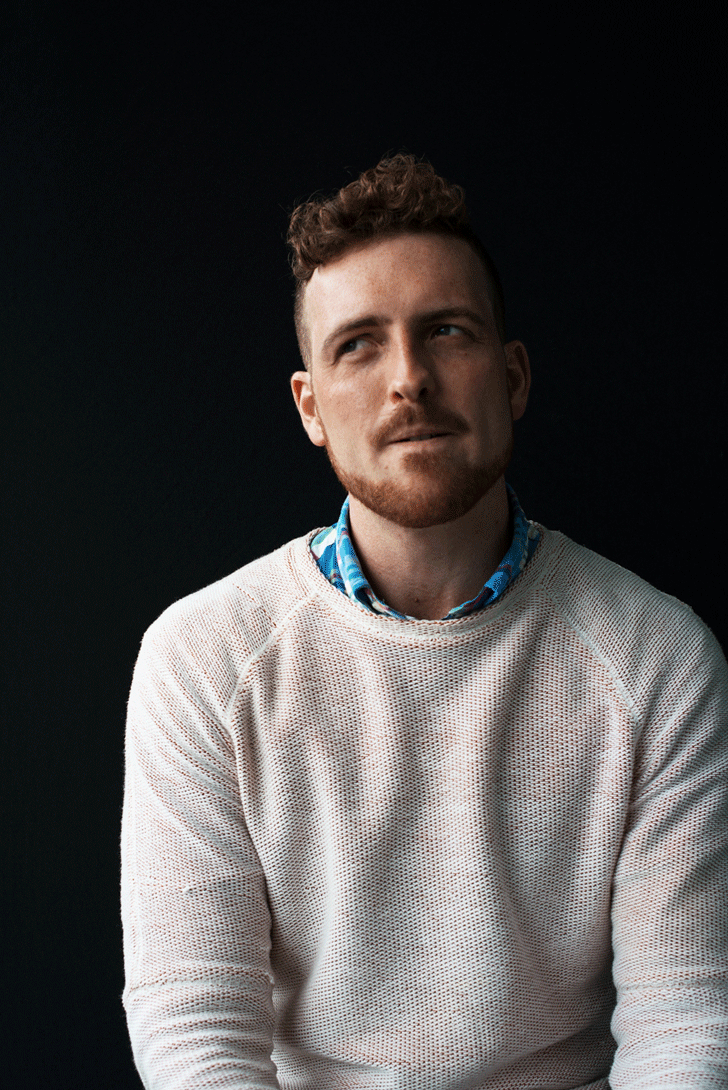Style Matters
WITH ANDREW GEEVES
STYLE MATTERS WITH ANDREW GEEVES
*ping*
‘Andrew!’
‘What’s up?’
*whoosh*
*ping*
‘Andrew, things are bad’
‘Marco, how bad can things be?’
*whoosh*
*ping*
‘There is blood, Andrew. There is blood’
My friend Marco is texting me half an hour before we are due to head out and apparently there is blood and things are bad.
‘Just dispose of the body carefully and I’ll help you clean up later, Marco’
‘This is no time for jokes, Andrew’
Aiiii. Things seem serious.
‘Spill Marco, what happened?’
‘Three words: Manscaping. Gone. Wrong.’
A shiver passes through my body and I wince involuntarily.
Marco has had a little accident. He continues to disclose the gory details via text.
In preparation for what he hopes the end of the night may hold, Marco decided to partake in a quick little dabble of downstairs upkeep; a cheeky spot of groin topiary before putting himself on the weekend market. Sure, great idea so far.
Yet he was rushed, you see, and slightly nervous and now he has definitely trimmed something and it is definitely not what he was intending to trim and there is blood and things are bad.
I tell Marco I’m having a memory of a drunken relative at a family barbecue failing miserably in his bid to separate sausages, each savage snip of the scissors missing the thin twist of casing between dangling objects and wounding their pink flesh. He tells me he’s currently remembering a clumsy barber he used to visit as a child and the time he went to the bathroom after forgetting to wash hands that had just applied Deep Heat to a sporting injury. Oh Marco.
Manscaping. A neat portmanteau word that results from combining ‘man’ with ‘landscaping’. A relatively new portmanteau word that has not yet made its neatly groomed way into the polished pages of the Oxford English Dictionary (manscape, n. A scene or environment characterised by the presence of a large body of people, or by cultivation, building, or other human activity) but that, according to the Merriam-Webster online dictionary, refers to “the trimming or shaving of a man’s body hair so as to enhance his appearance”.
It is generally agreed that manscaping involves a light prune of the hairy garden rather than its total destruction, but there has been debate about the specificity of the term in relation to particular body parts. Trimming the hair on one’s head? Not manscaping. Neatening up one’s beard? Possibly manscaping, possibly not. Ensuring one’s ‘undercarriage’ is smooth to the touch? Almost definitely manscaping.
A quick survey of male friends and friends who sleep with males revealed that, at least in Sydney circles, the practice of manscaping now seems to have become common practice. Friends of all ages, sexualities and backgrounds espoused the view that they preferred male lovers who occupied a position on the hirsute scale that went far past ‘totally smooth and ewwwww disturbingly infantile’ but that stopped far short of ‘completely hairy and woahhhh unnervingly yeti’. A scientific study published in the top-ranking empirical journal Cosmopolitan a few years ago confirms that such a finding is probably not all that unusual. Most friends were also of the opinion that, especially given expectations that had long been placed on females in relation to personal grooming and general appearance, it was about damn time that men came to grips with how to glide lethally sharp blades over highly sensitive areas. No Cosmopolitan study to complement that opinion.
A variety of theories exist about why manscaping has experienced a surge in popularity in Western culture in the last decade. These range from cultural and social theorists generating high-brow dialogues to continue to earn their post-post-modern, crusts (manscaping is due to: alienation! narcissism! fear! control!?, metrosexuality and shifting gender roles?, mastery over nature?, gay rebellion disturbingly mediated through the ritual of heteronormativity?) to pop culture aficionados waxing (geddit?) lyrical about aesthetics to various news sources extolling the hygienic benefits of manscaping practices. For these and possibly other reasons, manscaping looks here to stay for the foreseeable future. Poor old Marco.
Based in Sydney, with a background in psychology, Andrew has written and interviewed people about music, theatre, film, art and fashion for a variety of popular publications and academic journals.




